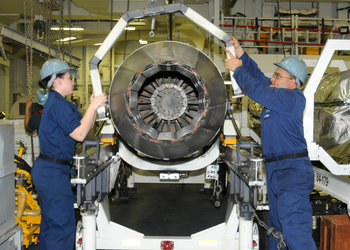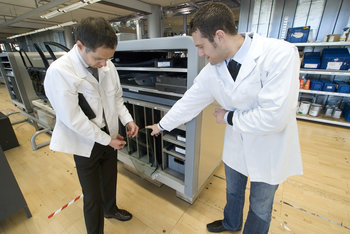
Right First Time
Developing and implementing non-functional requirements for new products, services and features that define the quality of a technology. For example, a banking website may establish a non-functional requirement that the site be available 99.99% of the time. Implementation of this requirement requires high-availability infrastructure and well tested code that is stable.Incident Management
Managing incidents using techniques such as a service desk. This involves detecting and escalating incidents to teams that can fix it. The focus of incident management is getting things working as quickly as possible with temporary fixes being acceptable.Problem Management
Problem management is the practice of applying sustainable fixes for incidents. This involves root cause analysis and sponsoring changes that address the underlying causes of incidents.Architectural Improvements
In some cases, a platform, technology, process or service has architectural problems that cause a large number of quality issues. For example, an insecure operating system might cause a number of security incidents. A technical assurance team plays a central role in sponsoring architectural improvements that are relevant to quality.Process Improvements
IT quality issues may be addressed with policies, procedures and processes. For example, human error can often be prevented with checklists or training processes.Reporting
It is common for a technical assurance team to development dashboards that report IT quality metrics such as availability by system or the number of incidents in a month by severity. In many cases, the team also delivers an overview of incidents to an IT governance board on a regular basis.| Overview: Technical Assurance | ||
Type | ||
Definition | The prevention of errors and mistakes in the delivery of information technology services. | |
Notes | It should be noted that technical assurance is essentially synonymous with quality assurance with the later being the more common term. | |
Related Concepts | ||










